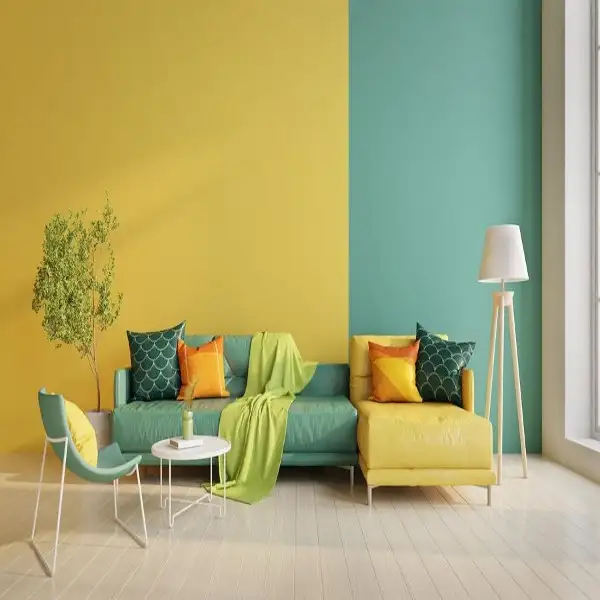Hotel Furniture Industry: 8 Important Materials Used
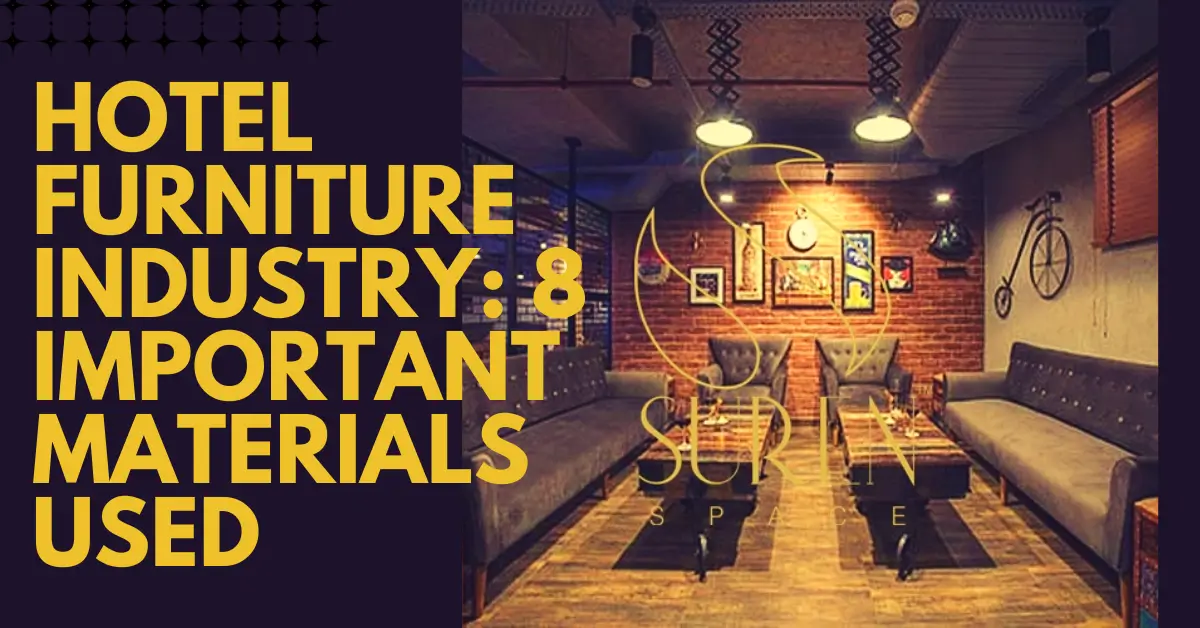
Hotel Furniture Industry: 8 Important Materials Used
In the world of the hospitality industry, furniture plays an important role. Hotel industry furniture does not only place the sit and sleep, it acts as a silent spokesperson for your hotel’s identity. The furniture makes up the heart of the hotel offering both comfort and style to your guests. From the grandeur of a lavish suite to the inviting ambiance of a cozy lobby, hotel furniture intertwines with the guest experience, leaving an indelible mark on their memory.
Have you ever wondered what material is used to make the perfect furniture piece? From the sturdy frame of a chair to the smooth surface of a table, each material serves a purpose. The careful selection of materials is an art in itself, as it balances durability with design, sustainability with sophistication.
Here in this blog, we’re going to introduce you to 8 important materials used in the hotel industry furniture manufacturing.
So, let’s get started.
8 Important Materials Used in Hotel Furniture Industry
1. Wood: An Everlasting Classic
Wood stands as a pillar of stability and classiness in the world of hotel furniture manufacturing. Its untamed attractiveness and adaptability create it a perpetual option that exceeds design trends. From the rich textures of oak to the plunging shades of mahogany, each type of wood maintains distinctive qualities that can convert furniture into pieces of art. Wood’s warmness and attractive touch provide an instantaneous feeling of comfort, making it an exceptional option for spaces that strive to build a welcoming environment. Whether in the form of indistinguishably engraved headboards or solid dining tables, wood has the capability to bridge the gap between rustic charm and modern attractiveness.
2. Metal: Sleek and Modern
Metal bursts onto the hotel furniture scene with a modern flair that echoes with modern design enthusiasts. Steel, aluminum, and iron discover a new life as the structural basis for tables, chairs, and even bed frames. Metal’s clean lines and dapper surfaces offer a delicate unsophistication that without difficulty meets the clutter-free decor. This material’s adaptability advances to a range of finishes, from skimmed stainless steel to powder-coated hues, allowing hotels to invest their spaces with a touch of industrial chic. Metal furniture line up seamlessly with hotels that prefer a modern, sophisticated environment that accommodate the preferences of the metropolitan traveler.
3. Upholstery Fabric: Comfort and Elegance
Upholstery fabric is the quintessence of comfort and class, bringing tactual luxury to every touchpoint. Soft and attractive, fabric-clad furniture delivers guests with a cocoon of relaxation. Its wide range of surfaces, prints, and colors proposes perpetual opportunities for customization, providing that the furniture aligns with the desired taste. Whether it’s a plush armchair or a stylish sofa, fabric-covered furniture pieces contribute to a sophisticated environment that invites guests to relax. Hotels that prioritize guest comfort and strive to create an environment of luxury usually turn to the upholstery fabric to add a layer of luxury to their interiors.
4. Leather: Luxury and Durability
Leather maintains an indispensable place in the world of exclusive hotel interiors, symbolizing luxury, and durability. The distinguishing fragrance and flexible touch of leather furniture make an instantaneous feeling of sophistication. Leather-clad pieces, whether sofas, lounge chairs, or ottomans, ooze an environment of luxury that echoes with guests desiring an eloquent experience. Beyond its visual attraction, leather’s strength to wear and tear provides durability, making it an investment that pays off in the long run. Leather furniture finds its home in hotels that cherish high-end experiences and strive to produce a continuing appearance of classiness and refinement.
5. Glass: Transparency and Reflection
The glass emerges as a design power station that raises transparency and reflection to the hotel furniture industry. Its capability to strengthen light and create a fantasy of space makes it priceless, significantly in constricted areas. Glass tabletops and accents impart a touch of sophistication and airiness to a room. Its versatility stretches to its compatibility with various materials, improving the overall attraction of furniture. Glass furniture is an excellent selection for hotels that desire to create an environment that handles modern, open, and visually captivating.
6. Plywood: Structural Integrity
Plywood carries on the part of a modest yet indispensable workhorse in hotel furniture manufacturing. It assembles the backbone of many furniture pieces, delivering structural integrity without compromising on design. Plywood’s layered structure provides strength and support, creating it the perfect option for bed bases, cabinet panels, and shelving units. While often hidden from view, plywood’s contributions are prominent in the long-lasting quality and functionality of the furniture. Hotels that prioritize practicability and strive to deliver furniture that resists the test of time advantage from the durability and versatility of plywood.
7. Plastic and Acrylic: Modern Versatility
Plastic and acrylic materials guide a new generation of design flexibility and modern aesthetics in the hotel furniture industry. Materialized into different shapes, these materials invite experimentation and creativity. Their lightweight nature encourages easy rearrangement of furniture, allowing hotels to adjust to maturing arrangements and guest preferences. Plastic and acrylic furniture pieces echo organizations that value modernity and desire to create an environment that feels fresh and adaptable. Guests desiring a space that welcomes innovation and forward-thinking design will find plastic and acrylic furniture to be both visually fascinating and functionally versatile.
8. Composite Materials: Balance of Practicality
Composite materials, including particleboard and MDF, find their place in the practical world of hotel furniture manufacturing. Striking a balance between cost-effectiveness and visual attraction, these materials offer a consistent surface for finishes and veneers. Composite materials are particularly useful for crafting furniture surfaces that don’t carry heavy loads. When budget considerations come into play, combined materials step in as the solution of choice. Hotels that strive to maintain a high standard of design while managing costs benefit from the usefulness and aesthetic possibility of composite materials.
Final Take
The selection of materials in hotel furniture manufacturing is a finely directed dance between aesthetics, functionality, and guest experience. Each material carries a unique set of features to the table, contributing to the overall environment and feel of the space. By strategically utilizing these materials, hotels can prepare environments that resonate with their target audience, promoting an environment of comfort, luxury, and visual allure. The thoughtful consideration of materials ensures that every piece of furniture becomes an integral part of the hotel’s narrative, elevating guest experiences and leaving a lasting impression.
With a hand-selected collection that represents innovation, quality, and style, Suren Space offers more than just furniture; it offers the promise of formulating outstanding guest journeys. Each piece of furniture we create is a testament to our commitment to the art of hospitality design. From the timeless allure of wood to the modern sophistication of metal, from the tactile luxury of upholstery to the lasting opulence of leather – our materials are carefully chosen to evoke emotions and inspire stories.
READ MORE:- Hotel Room Furniture Design Ideas to Draw in Customers
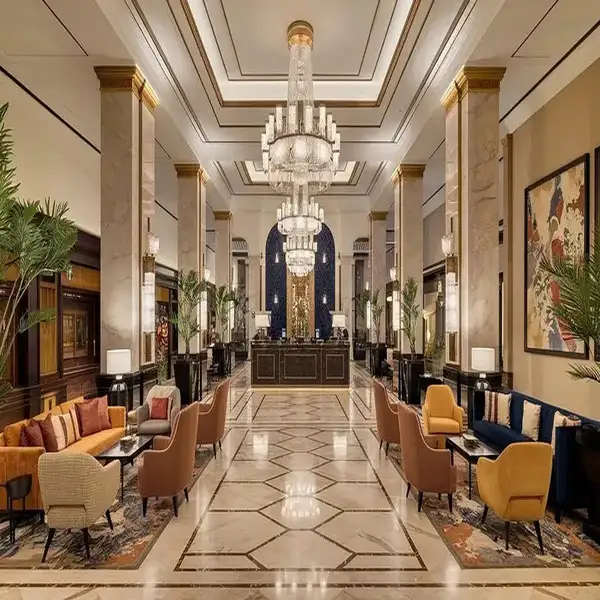
Hotel Furniture
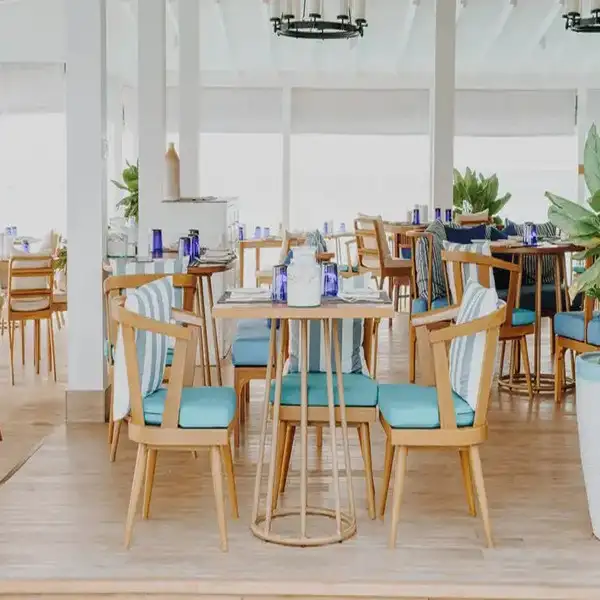
Restaurant Furniture
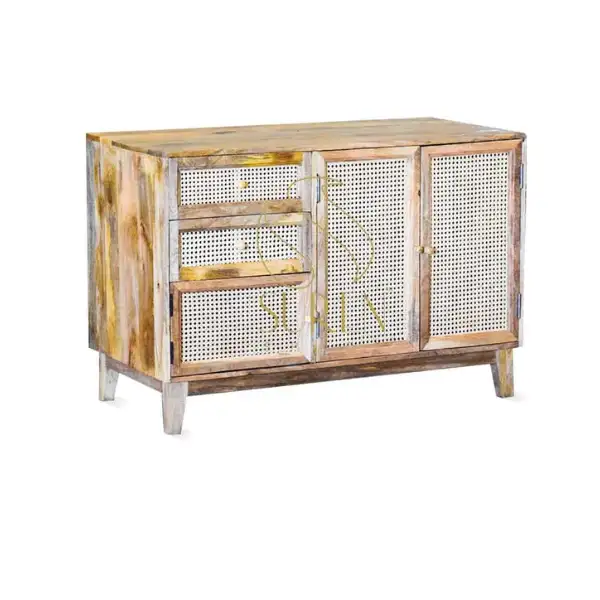
Hotel Bathroom Furniture
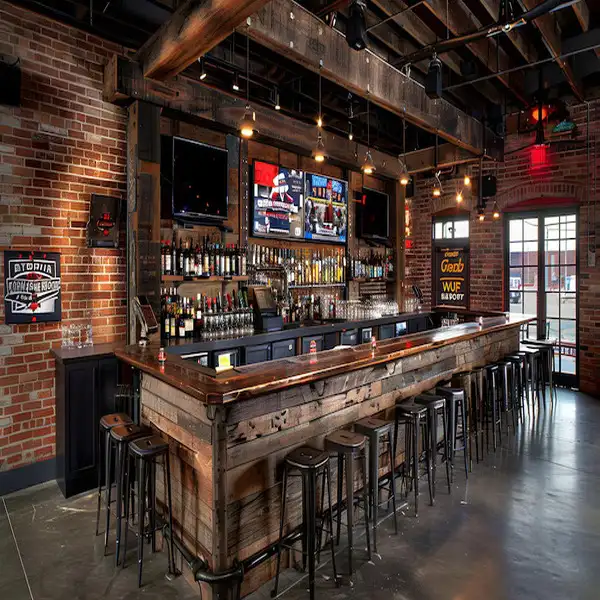
Industrial and Rustic Furniture
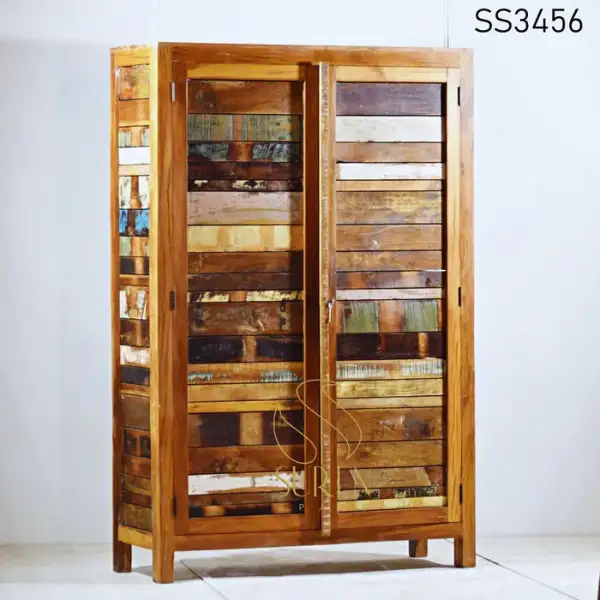
Reclaimed and Recycled Furniture
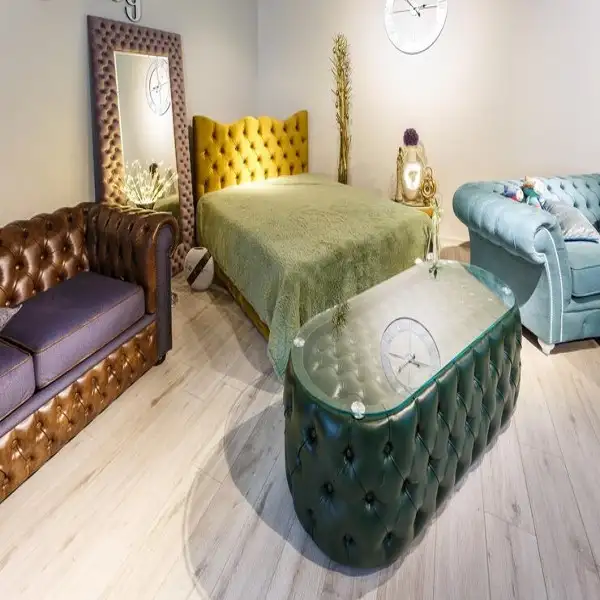
Leather and Upholstery Furniture
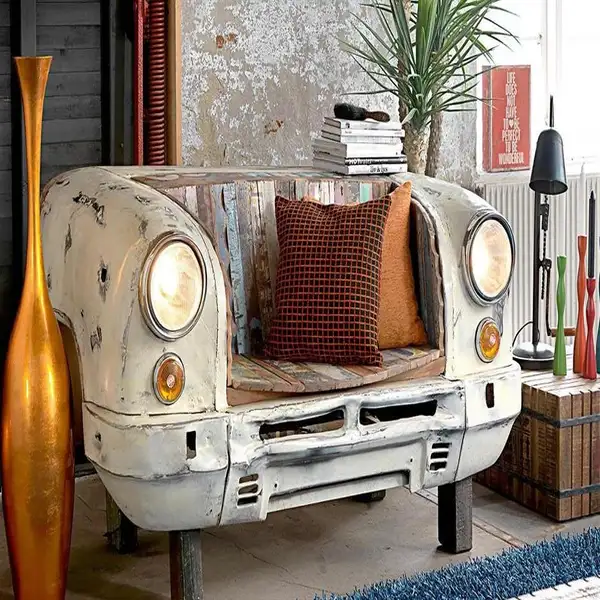
AUTOMOBILE | AUTOMOTIVE FURNITURE
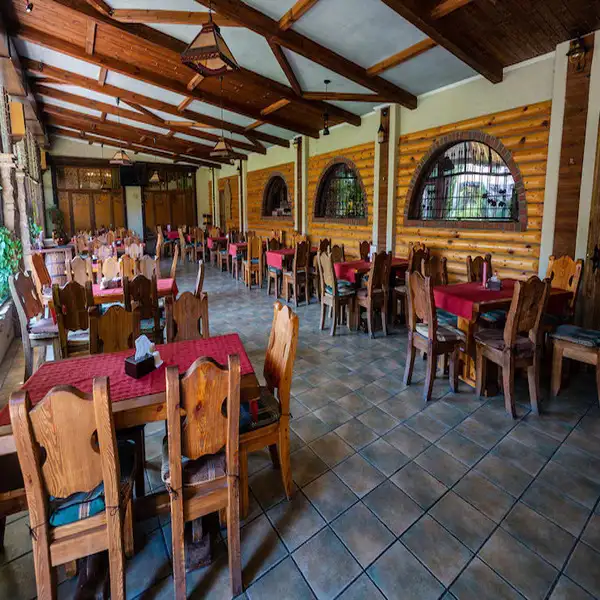
Curved, Carved & Bent Furniture
